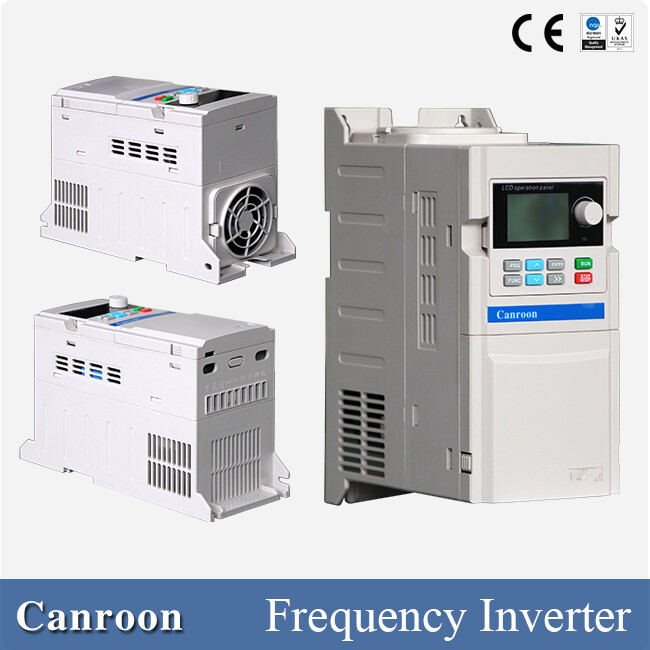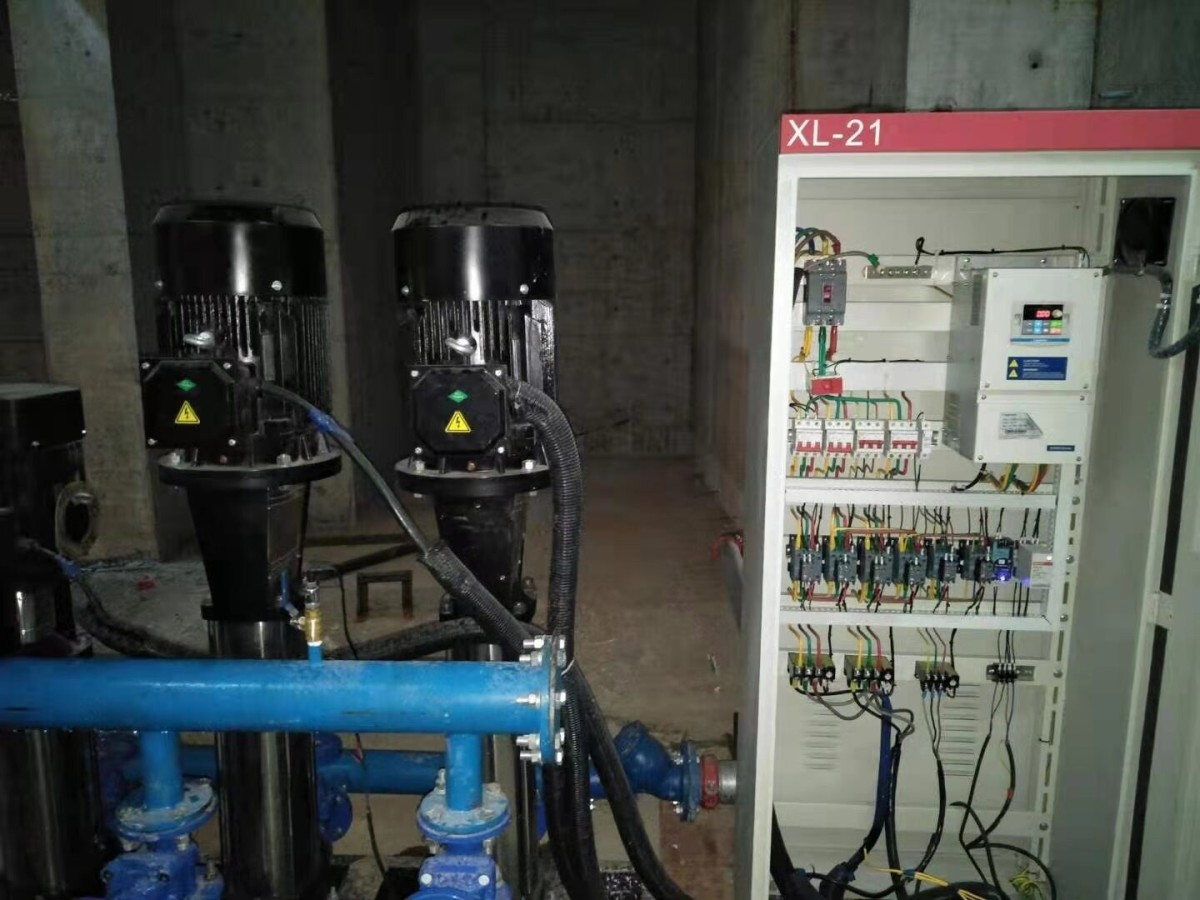
News
Low voltage VFDs play a vital role in motor control by regulating speed and torque efficiently. By understanding their specifications, you can ensure optimal performance and energy savings. Key factors, such as voltage ratings, load profiles, and operational environments, determine their suitability. For instance, a 220V Single Phase VFD might be ideal for small-scale applications requiring precise speed adjustments.
Key Takeaways
Know the voltage and power levels your motor needs. This stops damage and makes it work better.
Pick the correct control type for your motor. Choices like V/Hz and SV control help manage the motor differently.
Check if input voltage is even to improve performance. Balanced voltage helps your VFD and motor last longer.

Electrical Specifications of Low Voltage VFDs
Voltage and Power Ratings
Understanding the voltage and power ratings of a low voltage VFD is crucial for selecting the right device for your application. These ratings determine the compatibility of the VFD with your motor and power supply. Low voltage VFDs typically operate within a voltage range of 200-240 V, making them suitable for small to medium-sized motors. The power rating varies depending on the application type. For example:
By matching the voltage and power ratings to your motor's requirements, you ensure optimal performance and energy savings.
Current Capacity and Frequency Range
The current capacity of a VFD determines how much load it can handle without overheating or failing. You should always check the rated current of the VFD and compare it to your motor's full-load current. Additionally, the frequency range of a variable frequency drive is essential for controlling motor speed. Most low voltage VFDs operate within a frequency range of 0 to 400 Hz, allowing precise speed adjustments for various applications. This flexibility makes them ideal for industries requiring variable motor speeds, such as HVAC systems and conveyor belts.
Input Voltage Unbalance and Efficiency
Voltage unbalance can significantly impact the efficiency and reliability of your VFD system. When the input voltage is unbalanced, it creates positive and negative sequence voltage components that affect motor performance. Studies show that unbalanced voltage can reduce efficiency, increase power losses, and degrade the reliability of electric drives. To avoid these issues, you should monitor the voltage unbalance factor (VUF) and ensure it remains within acceptable limits. Maintaining balanced input voltage improves energy efficiency and extends the lifespan of your VFD and motor.
Control and Programming Features in Low-Voltage VFDs
Control Modes and Programmability
Low voltage VFDs offer a variety of control modes to suit different applications. These modes include Volts per Hertz (V/Hz) and Sensorless Vector (SV) control. V/Hz control adjusts voltage and frequency linearly, making it simple and effective for applications like fans, pumps, and conveyors. On the other hand, SV control provides precise speed regulation by monitoring voltage and current, making it ideal for high-performance tasks such as textile manufacturing or printing lines.
Programmability is another key feature of modern VFDs. Many devices include software tools that allow you to configure application-specific parameters, such as speed, torque, or position control. These tools simplify the setup process and ensure reliable performance tailored to your needs.
Communication Protocols and User Interface
Communication protocols in low voltage VFDs enable seamless integration with other systems. Common protocols include RS-485, Ethernet, and Modbus. RS-485 supports long-distance communication with minimal wiring, while Ethernet provides robust networking capabilities. Modbus facilitates communication between devices like VFDs and programmable logic controllers (PLCs).
User interfaces typically include a keypad and display for motor control, such as starting, stopping, and speed adjustment. Some VFDs also feature alphanumeric displays and indicator lights for enhanced usability. These interfaces make it easy to monitor and adjust settings, ensuring energy efficiency and optimal motor control.
Built-in Safety and Overload Protection
Safety features in low voltage VFDs protect both the motor and the system. These devices monitor output current and thermal conditions to detect overloads. When an overload occurs, the VFD shuts off output to prevent motor damage. Additional protections include safeguards against low line voltage, overcurrent, and hydraulic issues like broken pipes.
Many VFDs also offer programmable safety settings, such as low water level trip points, which enhance system reliability. For systems with multiple motors, individual overload protection ensures each motor operates within safe limits. These built-in features not only improve safety but also contribute to energy savings by preventing unnecessary downtime.

Performance, Reliability, and Environmental Considerations
Energy Efficiency and Carrier Frequency
Energy efficiency is a critical factor when selecting a low voltage VFD. These devices reduce energy consumption by adjusting motor speeds to match workload demands. This not only minimizes power usage but also lowers operational costs. For example, industries like oil and gas or automotive rely on VFDs to optimize energy management in motor control systems.
Carrier frequency plays a significant role in determining the performance of a VFD. Most VFDs operate within a carrier frequency range of 4 kHz to 16 kHz. Lower frequencies ensure smoother motor operation, while higher frequencies allow for precise variable speed operation. However, higher frequencies may increase heat generation, requiring proper thermal management to maintain high efficiency. By balancing these factors, you can achieve optimal performance and energy efficiency ratings for your application.
Environmental Ratings and Durability
Environmental conditions greatly impact the reliability of a VFD. Poor air quality, for instance, can cause rapid wear on components due to caustic airborne chemicals. Dust and particles may clog heat sinks, leading to overheating and reduced lifespan. To combat these challenges, manufacturers design VFDs with specific environmental ratings. Many devices are tested under UL508C standards, which simulate real-world conditions like clogged filters.
Most VFDs are rated to operate at ambient temperatures of 40°C to 50°C. Proper installation, including ensuring adequate airflow and using conformal coatings, can significantly enhance durability. These measures help maintain the reliability of your VFD even in harsh environments.
Compact Design and Cabinet Optimization
Modern low voltage VFDs often feature compact designs, making them ideal for applications with limited space. Smaller devices reduce the need for large cabinets, which simplifies installation and saves costs. Cabinet optimization also improves airflow, ensuring better thermal management. This is especially important for maintaining the longevity of the VFD in demanding conditions.
By choosing a compact and well-designed VFD, you can maximize space efficiency without compromising performance. This is particularly beneficial for industries where space constraints are a concern, such as HVAC systems or manufacturing plants.
Low-voltage VFDs offer essential features for motor control, including voltage ratings, control modes, and energy efficiency. Aligning these specifications with your application ensures reliable performance and cost savings.
Consulting specification sheets or manufacturers helps you make informed decisions. This approach guarantees the best fit for your motor control needs.
FAQ
What is the difference between low voltage and medium voltage VFDs?
Low voltage VFDs operate below 1,000V, ideal for small motors. Medium voltage VFDs handle higher voltages, suitable for large industrial applications.
How do you calculate the required VFD power rating?
Match the motor's power rating (kW or HP) with the VFD's specifications. Always account for peak loads and application-specific demands.
Tip: Consult the motor's datasheet for accurate power requirements.
Please give us a message